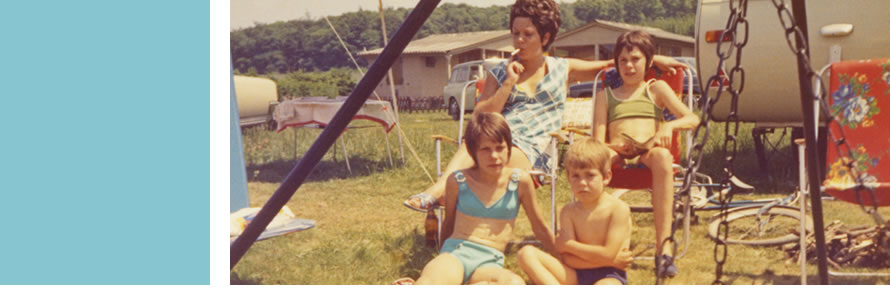Destination Marketing done right
Strategies for difficult times – individually designed and efficient
Would a destination even be a "destination", if no one went there? Probably not. Destinations and the tourist service providers around them need travellers. And today, attracting them is more difficult than ever: There are more destinations with similar products, tourists are turning into sophisticated travellers and of course there's the difficult economical situation, that doesn't make things any easier. Challenging times, that force destinations as well as tourism service providers to choose their marketing activities wisely and to seek for the most effective and efficient ways to use their budgets. But how do they find it?
The key ist to look for the right target group for their product. In theory, this may sound easy – yet there are many different ways to mess up. There are three common approaches:
Alternative 1
Mass marketing: In order to address as many travellers as possible, some destinations (but also some hotels etc.) try to offer "everything for anybody" and attract nobody. Others will, but only involving a huge budget. Mass marketing is old-fashioned and not efficient, unless you're trying to attract a huge market with undefined limits and unlimited financial sources.
Alternative 2
Outside-Inside-Strategy: Marketing theory dictates that a truly marketbased (and desirable) approach requires finding the most attractive target group for you and then designing your product according to their needs. Sounds good, but at least for destinations that's quite unrealistic, right? Try marketing Aruba as a winter sports destination, to give you an extreme example. But even smaller changes might be difficult to establish as there are too many parties influencing the tourist product (hotels, carriers, restaurants, residents etc.). Few destinations have enough control over their tourist product and service to design and modify it in a certain way without major effort. And even though a hotel actually could (and sometimes will) be designed around its target group, what about all the hotels that have already been designed? It would be really expensive to change their concepts as a whole. No, this can't be the solution.
 Alternative 3
Alternative 3
Finding the target group for the existing product: A compromise between the unspecified mass marketing and the more individual outside-inside-approach is to find markets that are likely to be interested in your product as it is and focus on them. For a destination this means: Promote matches between what you have and what the traveller actually wants! For most destinations and tourism service providers, that's the easiest and most efficient way to market.
We think so, too. That's why we help destinations but also hotels and other tourism service providers abroad to identify first themselves, then attractive target markets and to focus their marketing communication on them. Identify themselves? Yes, by clearly positioning their product on the market, finding USPs and turning the destination into a brand with clear connotations in the traveller's head.
And where do you find the right tourists for your product? In the nation that enjoys travelling the most: The Germans are known as the world's travel champions, based on market size (leisure market estimated at 55,3 million pax) and spendings on travel (1.205 US$ or 950 € per person and trip). The market's diversity and the huge financial volume provide numerous ways to express yourself as a destination or hotel (within a destination or as a reason for travel by itself) for example, and to find your own segment and the group of tourists that match you.
It's not that hard at all. Just get in touch with us to get the ball rolling.


